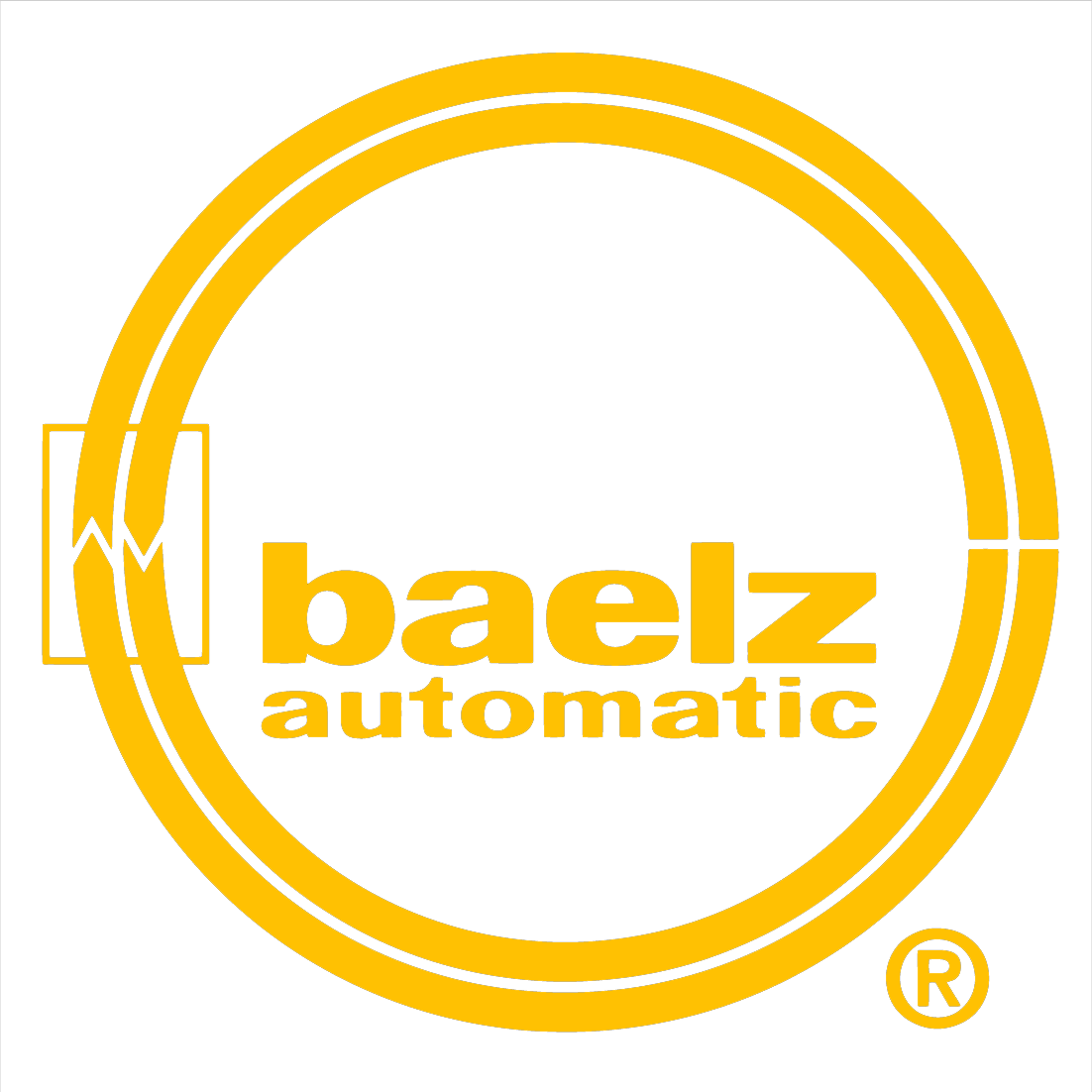Reducing energy costs and conserving resources are important goals in many heating, cooling, and processing applications. These systems frequently use heat exchangers to adjust the temperature of fluids distributed throughout systems.
Control valves regulate the flow of fluid into a heat exchanger, which influences the heat transfer that takes place inside, and the resulting temperature of the fluid that is distributed throughout the system. Traditionally, globe valves are used for this purpose; however, an alternative is a water ejector, which can be more energy efficient and less stressful on the heat exchanger.
Here, we’ll look at the key differences between conventional control circuits and water ejector control circuits in terms of energy use, streamlined hydraulics, and improved performance.
Conventional Control Circuits
Control valves are generally placed on the primary supply side of a heat exchanger system. The primary supply is the fluid that is transferring heat. For example, a boiler can generate the primary supply fluid, and a control valve regulates the flow of water from the boiler to the heat exchanger. The ability to control this flow of primary supply fluid is what makes it possible to maintain the desired temperature of the secondary supply, which carries the heated or cooled water to end user points, such as a radiator or water tank.
Most conventional heating and cooling systems use globe valves as “throttles” to control the flow into the heat exchanger. The temperature of fluid passing through the valve and entering the heat exchanger is set by the primary network and stays consistent regardless of demand or load over time.
Even at times when the system is in partial load operation, and demand is reduced, the primary side continues to deliver the primary supply fluid at the same high water temperature even with a reduced demand. This creates a substantial temperature difference between the water coming in on the primary side and the water returning on the secondary side of the heat exchanger, which is suboptimal for these reasons:
- Thermal stress. The bigger the temperature differential, the more stress system components endure. This is particularly true of plate heat exchangers because they're more sensitive to rapid and uneven thermal changes. This repeated stress contributes to leaks, material fatigue, and possible system failure, all of which lead to higher maintenance and replacement costs.
- Inefficient flow. A big temperature difference often causes lower water volume on the secondary side. When flow rates dip too low, the system can switch from turbulent flow to laminar flow conditions, in which water moves in layers with less mixing, leading to a big drop in heat transfer efficiency. This weakens system performance and makes control harder and slower to adapt. The end result is energy waste and uneven comfort levels.
Water Ejectors as an Alternative for Control Circuits
Water ejectors are an innovative alternative to traditional globe valve setups. Water ejectors enable an admixture of fluids that is more efficient and cost-effective for heat transfer. It also eliminates the need for electric circulating pumps, additional control equipment, differential pressure controls, and check valves.
High pressure water, called the motive fluid, flows into the ejector and creates suction that draws in a separate stream of lower pressure water. The two move into a cone-shaped section of the ejector and mix. Then the mixed fluid, or admixture, exits the ejector through the widest part of the nozzle at a pressure that is between those of the two initial pressures. The admixture moves into the heat exchanger at a rate that matches the current demand. In this way, the ejector functions as both a control valve and a pump, changing the supply temperature and the flow quantity as demand changes throughout the system.
The ejector is a powerful, low-energy control solution that builds up and reclaims pressure from the network itself. They naturally direct water exactly where it's needed instead of forcing the flow using pumps. Ejectors automatically adapt to thermal demand.
This offers several significant advantages:
- Reduced upfront and maintenance expenses by as much as 30–40%.
- Greater overall efficiency and return on investment.
- Lower operating costs over the life of the system.
- Consistent hydraulic performance throughout the circuit.
- Simplified setup with fewer parts and less complexity.
- Increased reliability and longer-lasting system uptime.
Water ejectors also work smoothly as part of the control loop like 3-way valves and circulation pumps function in traditional systems. But, they are less complex and use far less energy.
Contact Baelz NA for Water Ejectors
If you're looking to modernize your system, reduce energy costs, and boost performance, water ejector technology is a proven and reliable solution. At Baelz North America, we offer high-quality controllable ejectors, including the Baelz-Jetomat®, designed with durability and long-term efficiency in mind. Our products are competitively priced, built to last, and available with quick turnaround times.
Switching to water ejector control circuits offers many important benefits from reduced upfront and maintenance costs and improved energy efficiency, to lower long-term operating expenses and greater overall system reliability. With fewer components to install and maintain, these systems are easier to set up and deliver impressive hydraulic performance. The result is a smarter, more cost-effective solution with minimal downtime.
Contact us or request a quote to learn how Baelz North America can help optimize your system.

